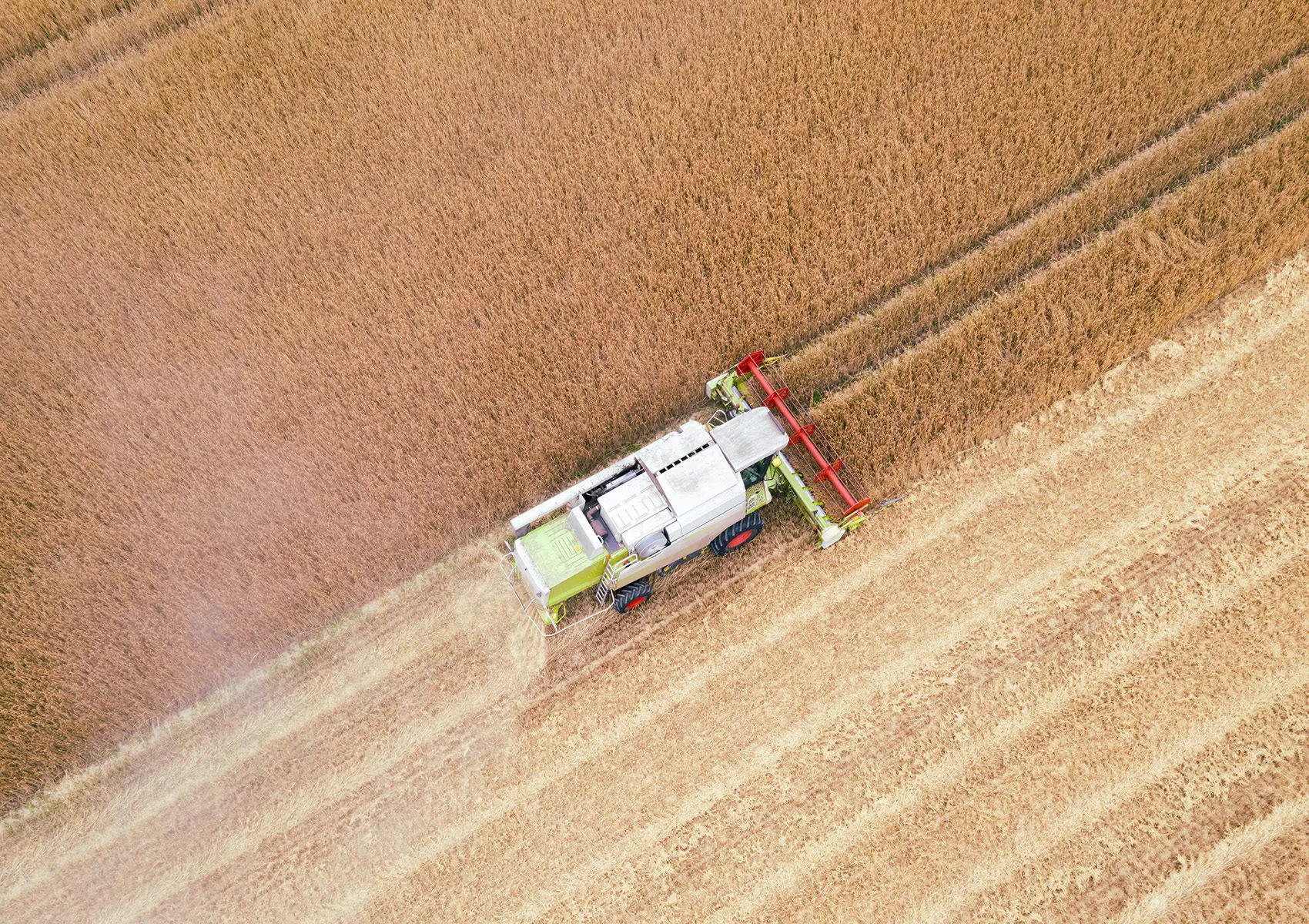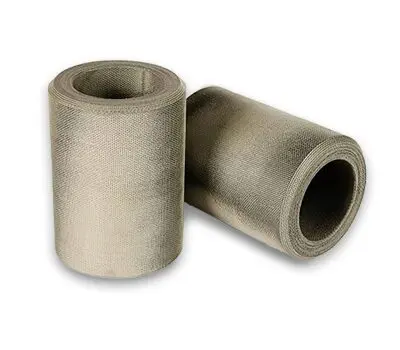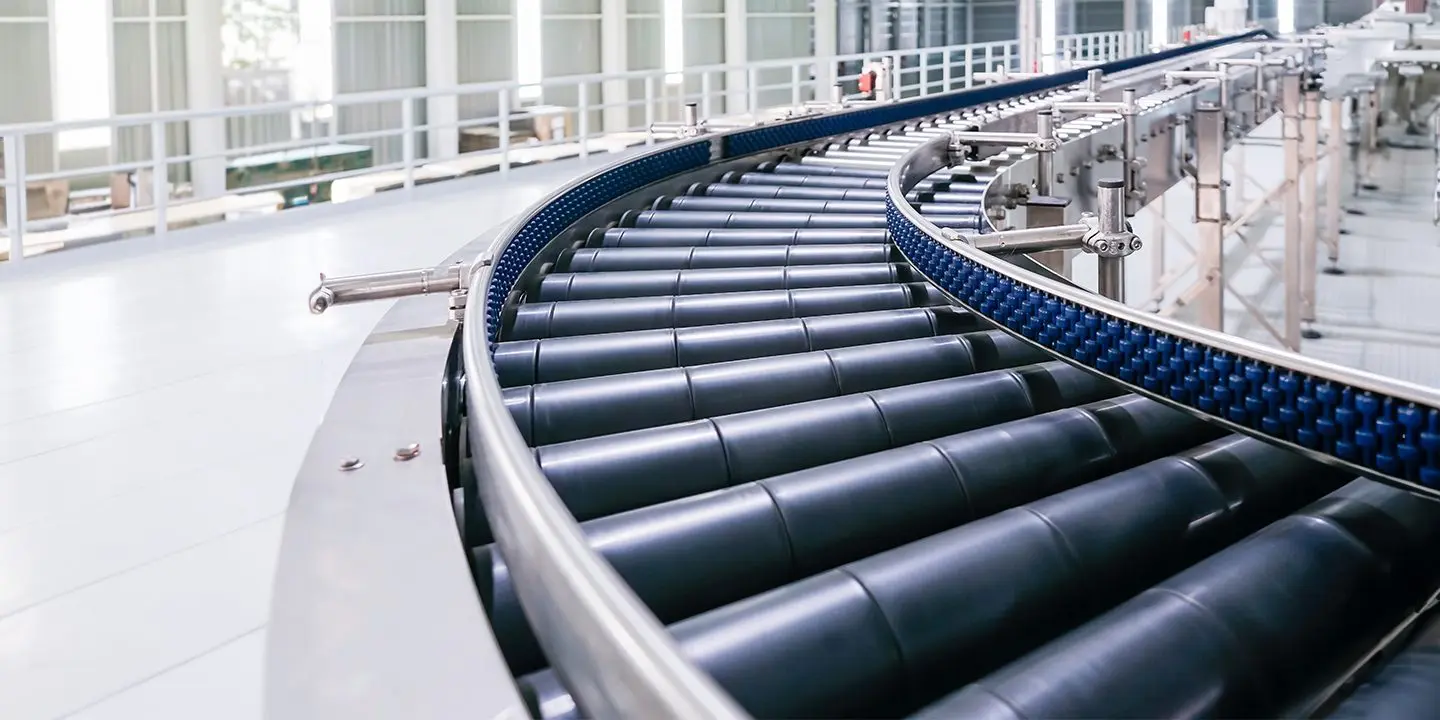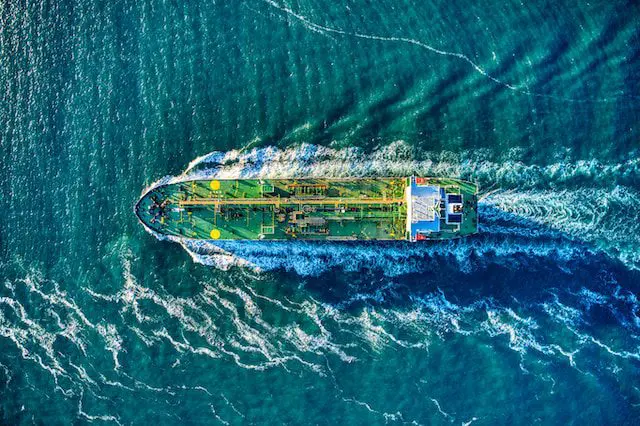Composite materials for agriculture
To help reduce the effects of wear, choose Ferobide, an effective and durable wear part composite matieral specifically for the agricultural and mining industry.
Composite materials for agriculture
Ferobide wear protection
Harder than rock, tougher than old boots
In the agriculture industry, wear is a common problem that is largely caused by ground contact causing abrasion against wear parts. When choosing wear parts, users must understand local conditions and the environment type in order to make the right decision, as factors such as the number of ploughed hectares will affect the wear part needed.


Resistance performance
Superior resistance against abrasion and impact
Ferobide is an innovative tungsten carbide composite material that offers weldable wear protection and combines high performance with easy installation.
Not only can Ferobide be used on a variety of different agricultural industry machines and ground-engaging tools, but it has been proven to save time and money after extensive testing in the field.
8x
8 times better than 500HB boron steels.
4x
4 times better than chromium carbide hard-face overlay plates.
3x
3 times better than white case iron.
Increasing the working life of wearing parts
Protect the lifespan of steel components
Ferobide is one of the world’s hardest weldable composite materials materials and is ideal for applications involving sliding wear and in situations where brazing is not an option. As brazing techniques can decrease the wear performance of steel machinery through high heat input, Ferobide is a highly useful option as it protects the lifespan of steel components and is complementary to brazed tungsten carbide edges.

Effective in conjunction with conventional tungsten
Ferobide works most effectively when used in conjunction with conventional tungsten and when welded to the body of a part.
This is usually done behind the tungsten edge in order to improve the overall life and body of the tool. However, Ferobide should not be used in above-ground high-speed applications such as hedge flails and toppers.
Where Ferobide works best
It is an ideal solution for combatting sliding wear and preventing thinning or “washing” and is also well suited for situations where brazing is not an option and hard facing is too slow. The most common machines that Ferobide is typically used on include seed drills, subsoilers, cultivators, ploughs, muck spreaders, mowers, root harvesters, sugar cane harvesters, buckets, augers, and scrapers.
Where Ferobide works best
It is an ideal solution for combatting sliding wear and preventing thinning or “washing” and is also well suited for situations where brazing is not an option and hard facing is too slow. The most common machines that Ferobide is typically used on include seed drills, subsoilers, cultivators, ploughs, muck spreaders, mowers, root harvesters, sugar cane harvesters, buckets, augers, and scrapers.
Ferobide's unique strengths
Ferobide combines hardness and toughness to make it durable and crack resistant. It can also help to increase the performance and service life of parts and equipment compared to other AR steel grades.
- Improved farm profits and efficiency
Ferobide helps to reduce spend on wearing metal and avoids unplanned downtime mid-season which in turn improves profit and efficiency on-farm.
- Avoid downtime, increase part lifetime
- Reduce diesel use
The attractive wear-performance: weight ratio of Ferobide gives maximum wear protection without increasing the weight of trailed machinery. Moreover, tools cut sharper lines and packer scrapers remove soil more efficiently when using Ferobide, again reducing diesel usage.
- Better seed establishment
Thanks to the superior wear performance of Ferobide, the ground engaging tool keeps it’s depth and profile for longer, better placing seeds and working deeper for longer.
- Easy to install, quick for repairs
- Improved soil health
Soil disturbance is kept to a minimum thanks to low-profile Ferobide tiles which reduce draft whilst giving wear protection. This results in minimal soil movement.
- Reduced operations costs
For manufacturers, distributors, and repairers, a small Ferobide stock can be used for a wide range of parts. This reduces cost held in stocks.
- Protect investment
Ferobide is successfully welded behind brazed tungsten edges, greatly increasing the overall life of the part and achieving maximum output from the brazed tungsten.
Markon Ltd.
“Ferobide is cut to shape with ease. This, combined with superior toughness, makes Ferobide the ideal choice for high impact and high abrasion situations.”
Jackson Mitchell
CMO, Markon Ltd

Where to use Ferobide?
When used for the correct applications, Ferobide users can achieve a much greater working life and performance from wearing metal parts. As well as the increased service life, Ferobide also helps to reduce downtime and save time & money on the farm as equipment does not need to be repaired as frequently.
In all soil types, fit Ferobide to:
- All scrapers
- Behind regular tungsten
- The sides of subsoiler legs
- The sides of cultivator legs
- The front of subsoiler shins
- Straw rake tines
- Many types of drill coulters
- Manure spreader beaters
On land with no stone, fit Ferobide to:
- Power harrow tines
- Subsoiler points and wings
- Plough points and wings
- Cultivator points
- Bed tiller tines
- Beet harvester turbine tines
- Beet harvester shares
- Sugar cane harvester base cutters
Agriculture
Quality and testing
You can trust that all Ferobide parts are manufactured to high quality standards and every production batch is thoroughly checked by a team of Quality Inspectors and tested for dimensional accuracy and hardness levels. Further, samples from each batch undergo abrasive wear ASTM G65 testing to ensure consistent wear resistance.

We use on-site laboratory equipment to ensure Ferobide effectiveness
We also use on-site laboratory equipment to ensure that all Ferobide components have the necessary micro-structures needed to cope in the environments that they are used in.
Ferobide has more than six successful years in the field to prove real-life performance and long-term material reproducibility. Every batch of Ferobide is tested in our technical centre to maintain highest quality standards. Regular mechanical testing includes various wear testing methods.
FAQs
It is very easy and quick to weld Ferobide.
When welding Ferobide, keep heat input to a minimum, and use standard MIG / MMA methods. Clamp Ferobide in place, otherwise use a single tack per tile.
Welding gives best results for users. However, if large demand requires, Ferobide can be supplied stud-welded for screw installation. Please consult Tenmat direct for more support.
Ferobide can be used on a wide range of different machines and ground-engaging tools.
It is ideal to combat sliding wear, to prevent thinning or “washing” and is well suited for situations where brazing is not an option and hardfacing is too slow. Ferobide is typically used on seed drills, subsoilers, cultivators, ploughs, muck spreaders, root harvesters, sugar cane harvesters, buckets, mowers, augers, and scrapers.
One ideal placement is behind a brazed carbide edge, however if Ferobide is placed anywhere with sliding wear or in areas that avoid the impact of leading edges, results have demonstrated the effectiveness of Ferobide.
New developments in Ferobide have increased the impact resistance for leading edges however please avoid using standard Ferobide tiles on leading edges and points where the Ferobide is subject to heavy direct impact. Ferobide has been specially developed for excellent sliding wear performance and should only be used on leading edges with minimal impact.
Where welding is the only option for Ferobide, please enquire directly about our leading-edge solutions.
Ferobide is not to be used in above ground high speed applications, e.g. toppers, hedge flails, etc.
Ferobide is the most durable welded material readily available on the market and has upto 10x performance versus hardfacing, and up to 6x performance versus chocky blocks. Brazed pure tungsten has a slightly better wear resistance than Ferobide and while Ferobide is comparable to brazed carbide, Ferobide is slightly less durable. Brazed carbide is the best option for leading edges.
When used for the correct applications, Ferobide users can achieve a much greater working life and performance from wearing metal parts. As well as increased service life, Ferobide also helps to reduce downtime and save time & money on-farm.

Sizes
Ferobide can be produced in bespoke shapes and dimensions according to customer requirements.
Ferobide sizes
120mm (H) x 170 mm (W) x 50mm (D)
4mm thick – 8 x 40 mm – 15 x 40 mm – 25 x 60 mm – 40 x 40 mm
6mm thick – 15 x 40 mm – 25 x 60 mm – 40 x 40 mm
8mm thick – 15 x 40 mm – 25 x 60 mm – 40 x 40 mm
The following assemblies are available as standard:
15x200mm / 25x180mm / 40x200mm / 200x200mm
Materials

Agricultural Bearings
Railko NF22 and Feroform T11
Railko NF22 bushes provide easy low friction articulation and movement under heavy loads in agricultural equipment such as tractors, trailers, combine harvesters, and ancillary tools. Feroform T11 washers provide durability and long-life protection for hitch pins and trailer connectors.
Tenmat Wear materials for agricultural bearings
- Long life
- Low noise
- Chemical and corrosion resistance
- Cool running
- High flexural strength
- High-temperature resistance
- Low water swell
- Wide pump operating range
Materials

Feroform T11
Feroform T11 is a composite material made from woven synthetic fibres bonded with resin, including a friction modifier.

Railko NF21 & NF22
Railko NF21 and NF22 grades have a resin-bonded composite structure with added friction modifiers to control friction.


















